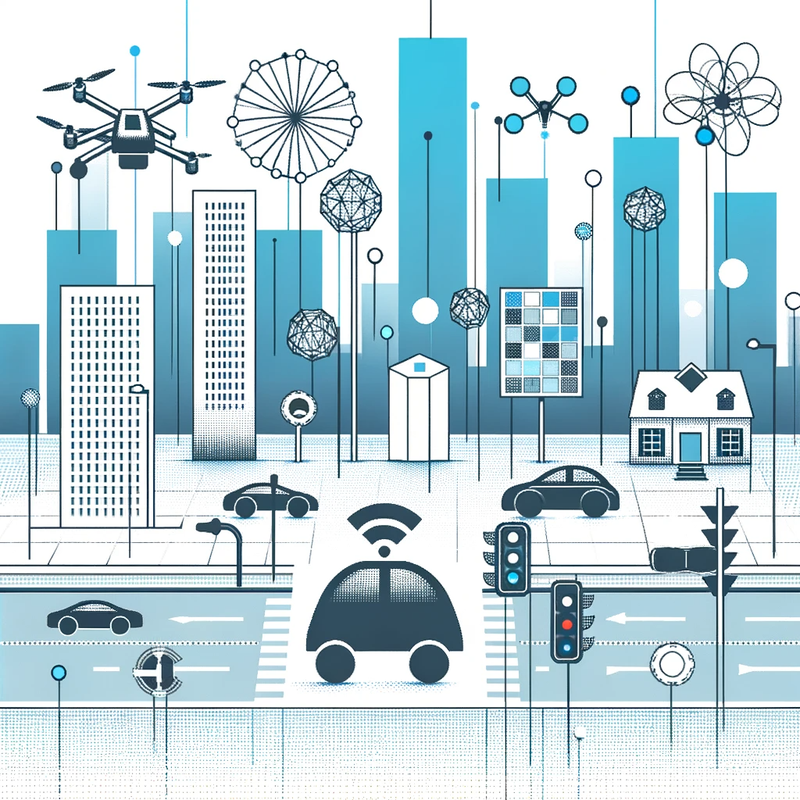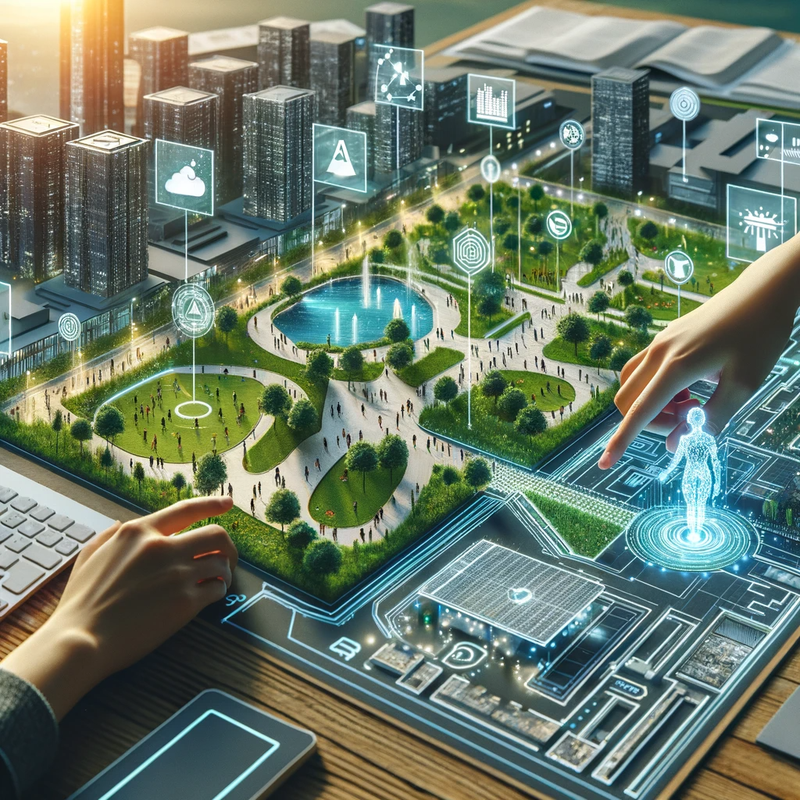Elevating Urban Planning: How AI is Transforming Cityscapes and Infrastructure
Cities have always been at the forefront of humanity's progress with their ever-evolving landscapes and pulsating rhythms. But as urban centres swell and demands on infrastructure soar, the need for intelligent and sustainable urban planning becomes increasingly clear. Enter artificial intelligence (AI)–a force of technological transformation that redefines every sphere it touches, and urban planning is no exception. By leveraging the power of AI, city planners, architects, and officials can expect challenges, make informed decisions, and design urban spaces that are not only functional but also harmonious and sustainable.
The Challenges of Urbanization
With over half of the world's population living in urban areas, cities are under immense pressure. They face challenges ranging from traffic congestion and pollution to housing shortages and strained public resources. These multifaceted problems call for solutions beyond traditional planning and management approaches. With its ability to process vast amounts of data and identify patterns, AI offers a fresh perspective and innovative tools to address these issues.
Traffic Management and Mobility
Traffic congestion, a persistent problem in most urban centres, can be eased using AI-driven solutions. Advanced algorithms analyze real-time traffic data, predict congestion points, and optimize traffic light sequences to improve flow. AI can predict where potholes might develop or which roads need maintenance, allowing for preemptive action.
AI also supports the development and integration of intelligent transportation systems. Predictive algorithms can optimize public transit routes and schedules based on real-time demand, ensuring efficient use of resources. As self-driving vehicles become more prevalent, AI will play an integral role in integrating seamlessly with existing transportation systems, reducing accidents and improving traffic flow.

Energy Consumption and Urban Efficiency
With cities accounting for a significant chunk of global energy consumption, there's a growing need to enhance urban energy efficiency. AI assists city planners in understanding energy consumption patterns suggesting modifications to reduce wastage. For instance, algorithms can determine the most energy-efficient lighting systems for public spaces or identify buildings that might benefit from retrofitting.
Smart grids powered by AI can distribute energy more effectively across the city, reducing outages and ensuring that renewable energy sources are used to their maximum potential.
Public Safety and Disaster Response
AI can drastically improve public safety measures in cities. By analyzing historical and real-time data, AI can predict potential crime hotspots, allowing for proactive measures. Surveillance systems equipped with AI can detect unusual activities, aiding in quicker response times.
Regarding disaster response, AI-driven predictive models can forecast natural disasters like floods or earthquakes, allowing for preemptive evacuations or resource allocations. Post-disaster drones equipped with AI can assess damage, pinpointing areas that need immediate attention.
Housing and Infrastructure Development
One of the significant challenges urban centres face is the increasing demand for housing. AI tools assist planners in identifying optimal areas for development analyzing factors like soil quality, accessibility, and potential environmental impact. This ensures that new constructions are sustainable and meet the city's long-term goals.
AI can help architects create designs that optimize space, light, and resources. By simulating different scenarios, architects can determine which design offers the best living conditions while consuming the least resources.
Environmental Monitoring and Conservation
The urban heat island effect, pollution, and declining green spaces are pressing concerns for modern cities. AI-driven sensors can monitor air and water quality in real-time, offering insights into areas that need immediate remediation. By analyzing data, AI can assist city planners in designing green spaces that maximize ecological benefits, from carbon sequestration to biodiversity enhancement.
Community Engagement and Participation
An often overlooked aspect of urban planning is community engagement. AI can analyze social media data, community feedback, and public sentiments to gauge the effectiveness of urban projects or policies. City officials can tailor their initiatives to better serve the community by understanding what citizens need or expect.

Conclusion
As urban centres continue to expand, the challenges they face will only magnify. However, with AI, there's a renewed sense of optimism. Integrating AI into urban planning offers a promise–a promise of cities that are more livable, sustainable, and in tune with the needs of their inhabitants. By harnessing the power of AI, we're not just reshaping our cities; we're reimagining the essence of urban living. The future city powered by AI is not a distant dream but an impending reality–a reality that promises harmony, efficiency, and sustainability.
Our Services
View some of our most popular services below.











